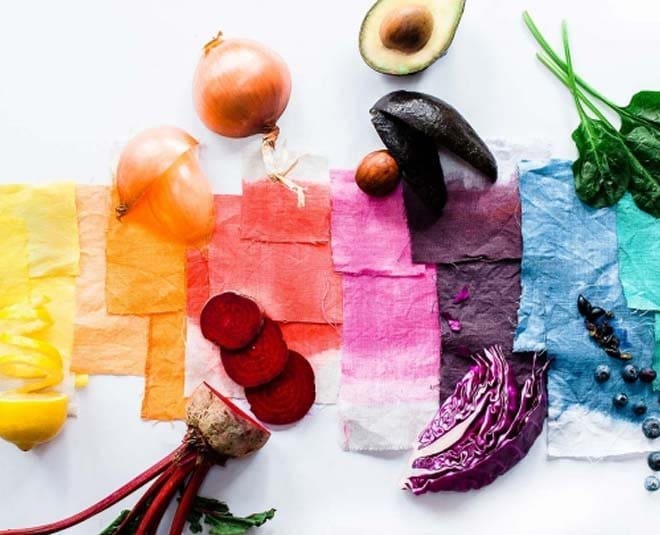Scientists from India have discovered that green tea extract has the potential to be a game-changer for natural dyes in the textile industry.
Researchers from Assam state in India have found that mulberry silk fabrics dyed with green tea extract produce a diverse range of vibrant and durable colours. The research, conducted by Dr Parikshit Gogoi and his team at Nowgong College, was published in the Industrial Crops and Products journal.
Green tea extract has shown excellent colour fastness against washing, drying, and rubbing, as well as antibacterial activity and UV protection properties. The mordant-based technique used in the process ensures that the colour adheres to the fabric effectively. This discovery is significant for the textile industry, as it offers a sustainable alternative to harmful synthetic dyes.
Assam, known for its tea and silk production, has a rich source of tea leaves that can be utilized beyond beverage production. Tea leaves contain bioactive compounds like catechins, which have potent antioxidant and antimicrobial effects. These compounds make green tea extract an ideal choice for silk dyeing.
The research not only presents opportunities for the textile industry but also has the potential to boost rural and suburban economies through tea farming and waste utilization. It is a step towards creating sustainable dyeing methods and meeting the growing demand for eco-friendly and natural products.
Countries like India, China, Japan, South Korea, and Brazil, which are prominent producers of both silk and tea, stand to benefit from these sustainable resources for economic growth. The next steps include scaling up the application of green tea extract dyeing to cotton and securing funding for further research.
Overall, this innovative approach using green tea extract has the potential to revolutionize the textile industry by offering a natural, eco-friendly, and aesthetically appealing alternative to synthetic dyes.

